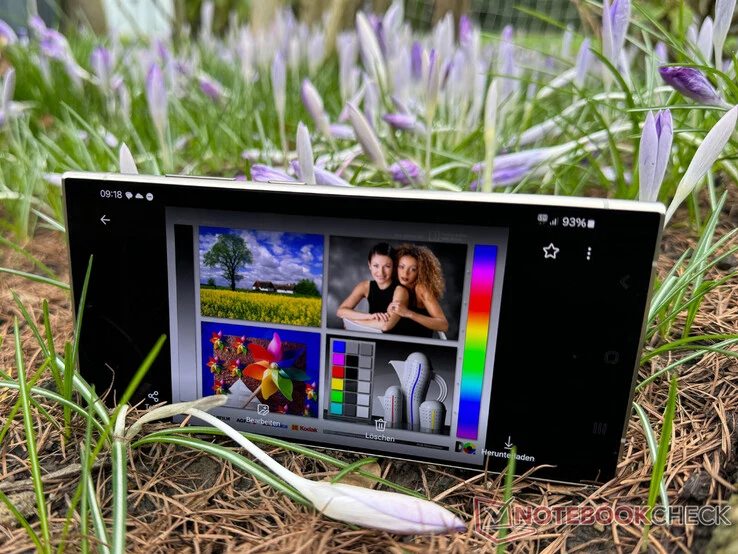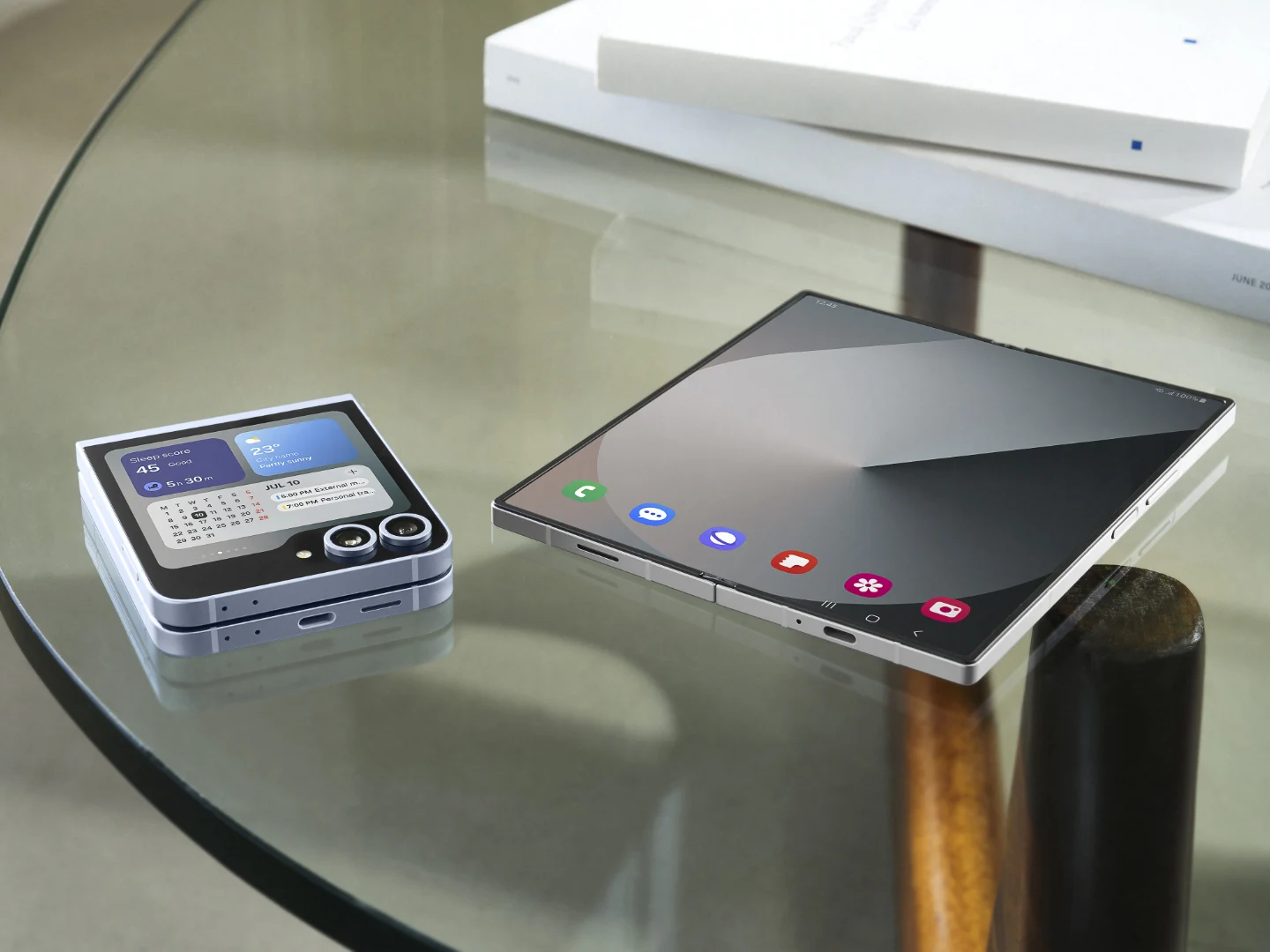Key Takeaways
1. Samsung plans to launch four foldable models this year: Galaxy Z Flip7, Galaxy Z Fold7, Galaxy G Fold, and Galaxy Z Flip FE.
2. The Galaxy Z Flip7 and Galaxy Z Fold7 are expected to maintain high starting prices similar to their predecessors, making them some of Samsung’s most expensive smartphones.
3. The Galaxy G Fold could have an even higher price point, potentially exceeding €3,499, aligning with Huawei’s Mate XT.
4. The Galaxy Z Flip FE is anticipated to provide a more affordable option in Samsung’s foldable lineup, though specific pricing details are not yet available.
5. Samsung is testing new flexible glass with an anti-reflective coating for its foldable devices, but it is unclear if it will be Ultra Thin Glass (UTG) or Ultra Flexible Glass (UFG).
PandaFlashPro is still shedding light on the current situation in Samsung’s foldable phone sector. To summarize, the tech giant is believed to be launching four foldable models this year. Currently, these four devices are:
Pricing Expectations
Recent speculation suggests that the Galaxy Z Flip7 and Galaxy Z Fold7 will keep the high starting prices set by their predecessors. This means they could be among the priciest smartphones ever released by Samsung this year. The Galaxy G Fold might push this even further, especially considering that Huawei’s Mate XT is priced at €3,499. In contrast, the Galaxy Z Flip FE is expected to offer a more affordable entry point into Samsung’s foldable lineup, though it’s unclear by how much at this time.
New Glass Technology
PandaFlashPro reports that Samsung is in the process of testing a similar anti-reflective coating for its foldable devices. The leak mentions that this is being done with the help of new flexible glass. However, it remains uncertain whether this new glass will be Ultra Thin Glass (UTG) or Ultra Flexible Glass (UFG).
At this point, there is no clear timeline for when this new type of glass will be available in consumer products. PandaFlashPro has hinted that the anti-reflective coating might debut this year, but additional details are lacking. For context, last year Ross Young from Display Supply Chain Consultants explained the distinctions between these two types of glass:
UFG is thicker than UTG, except in the seam area, which enhances scratch resistance, durability, and seam visibility.
UFG refers to UTG that has uneven thickness, being thinner in the seam where it folds and thicker elsewhere to allow for a more robust chemical strengthening process, resulting in better scratch resistance and overall durability.
Source:
Link



Leave a Reply